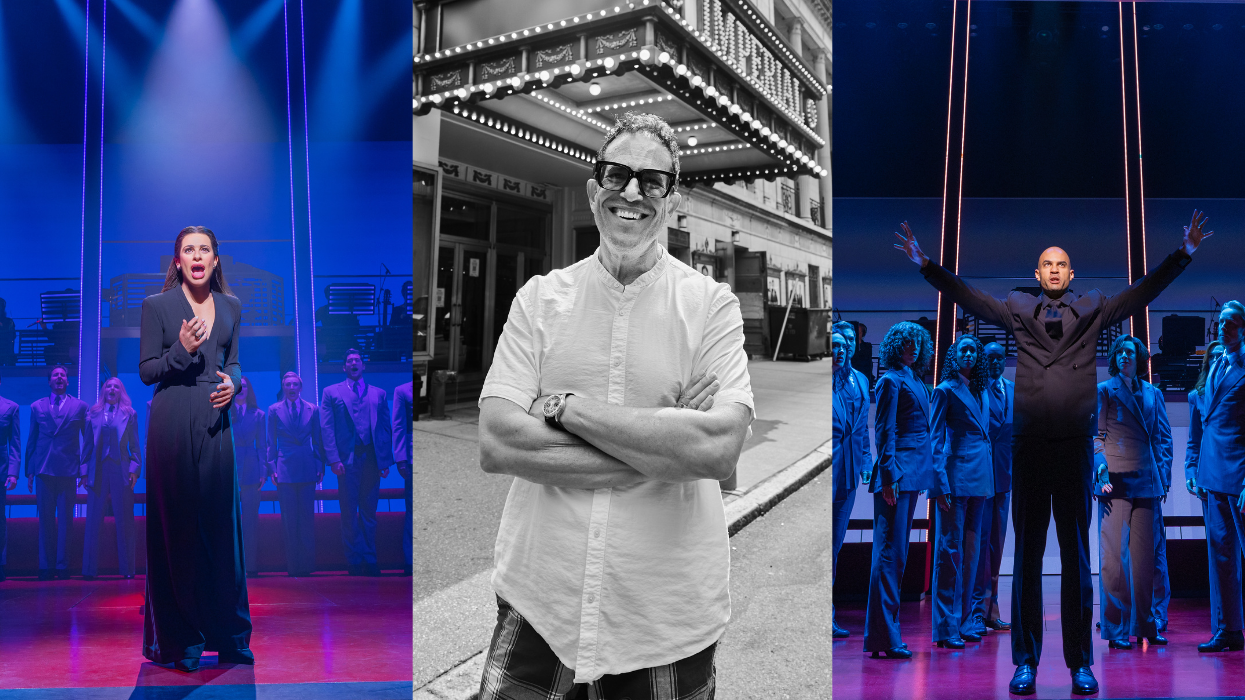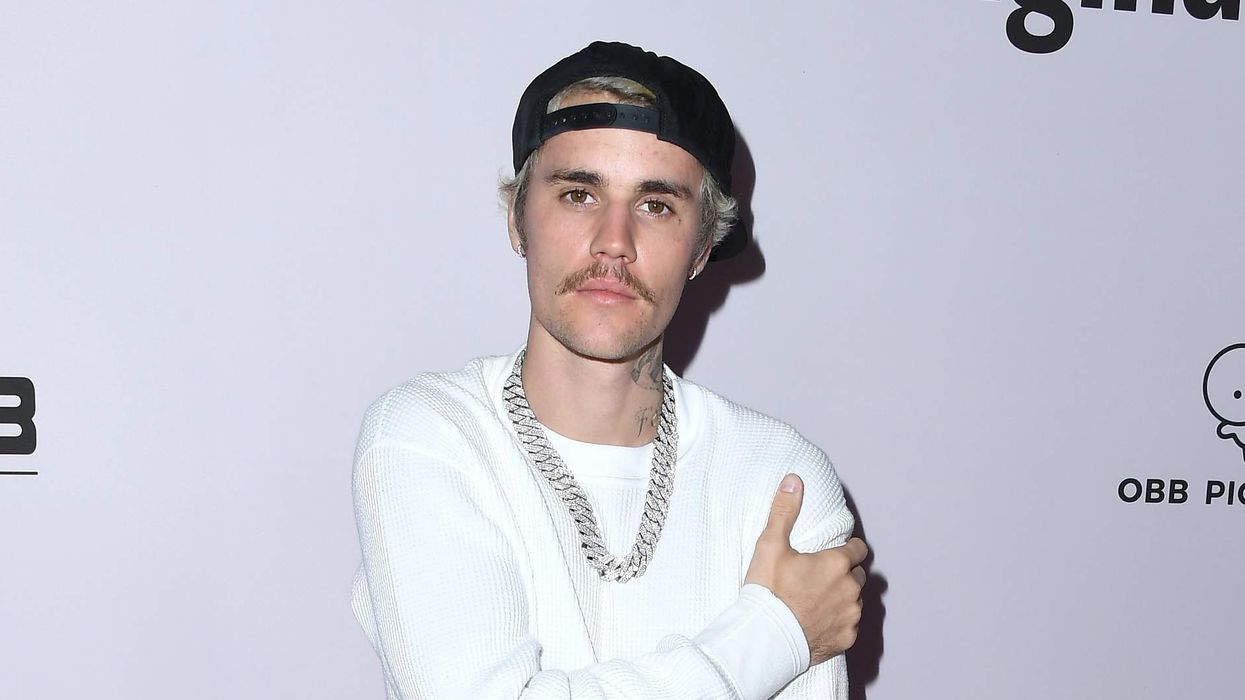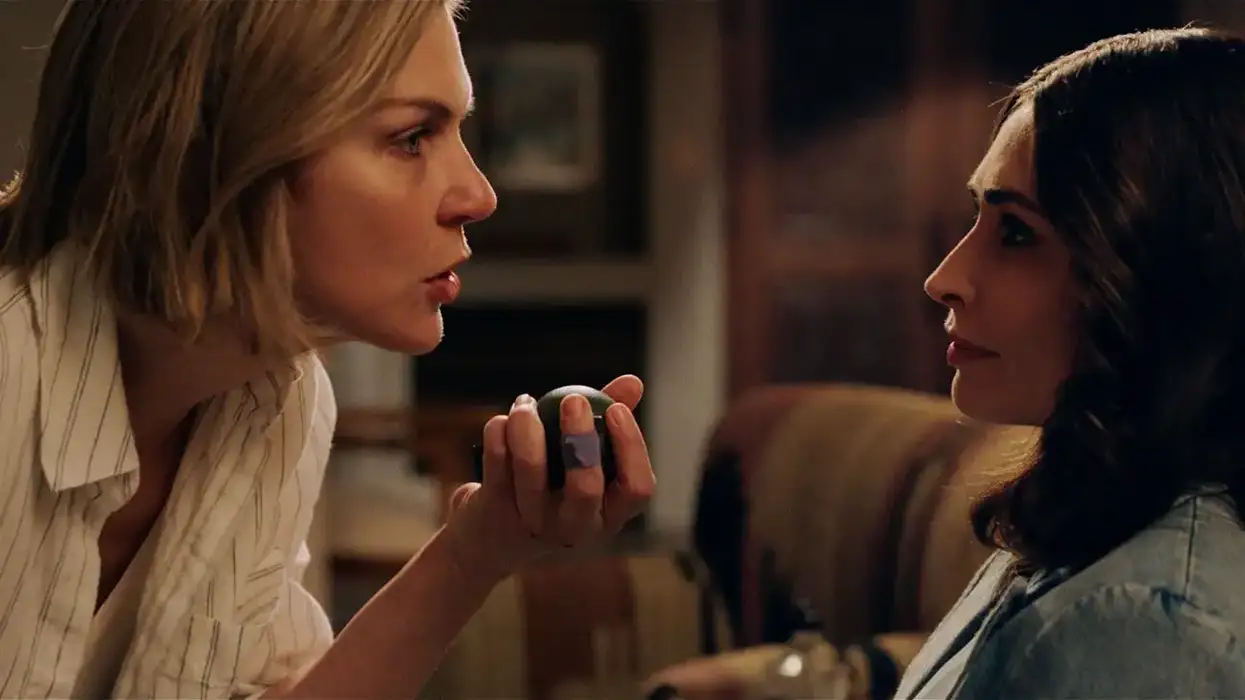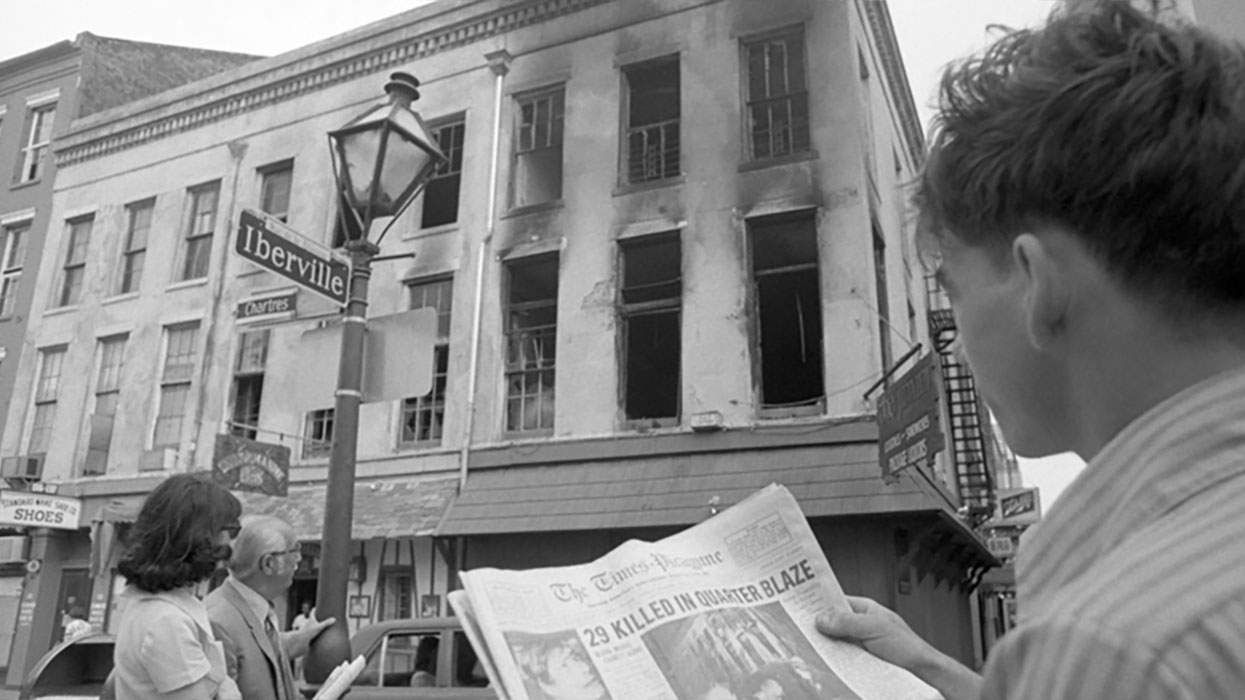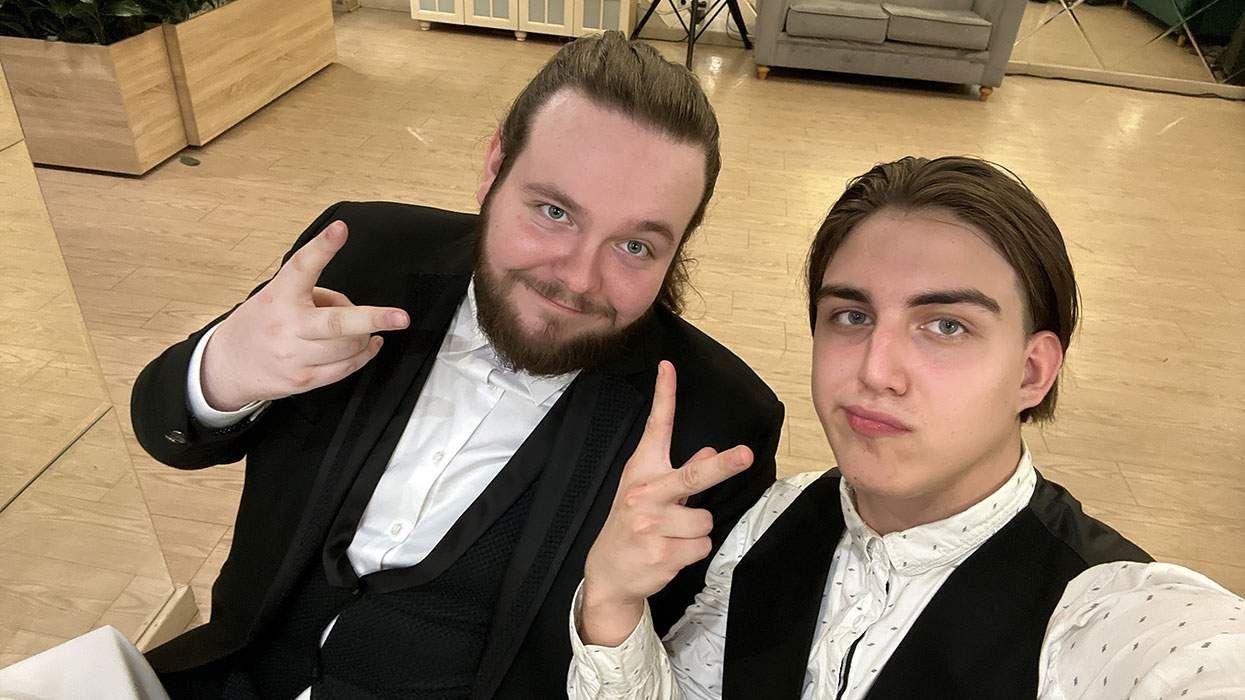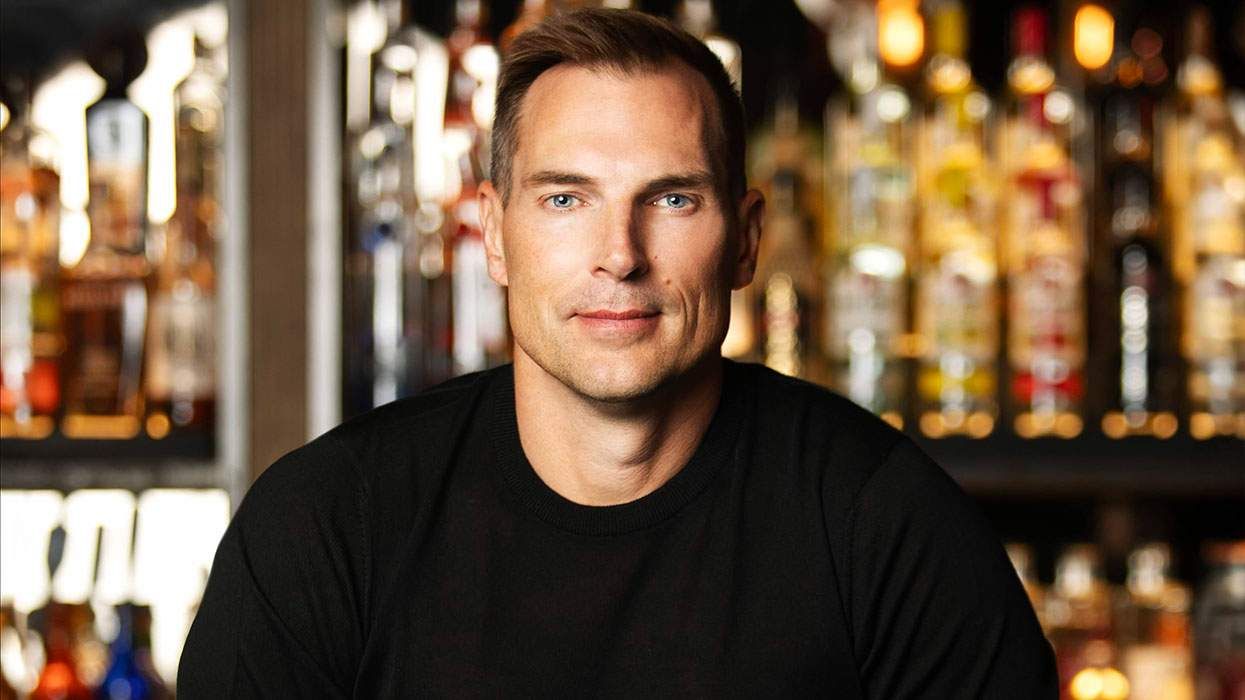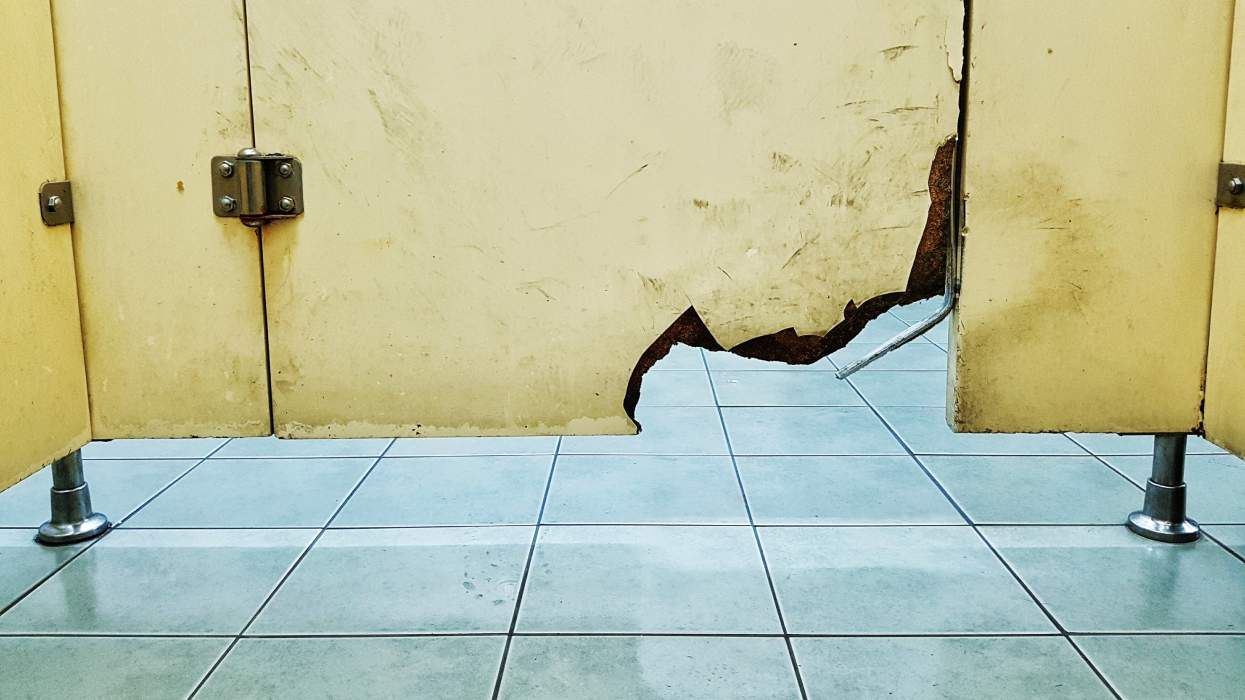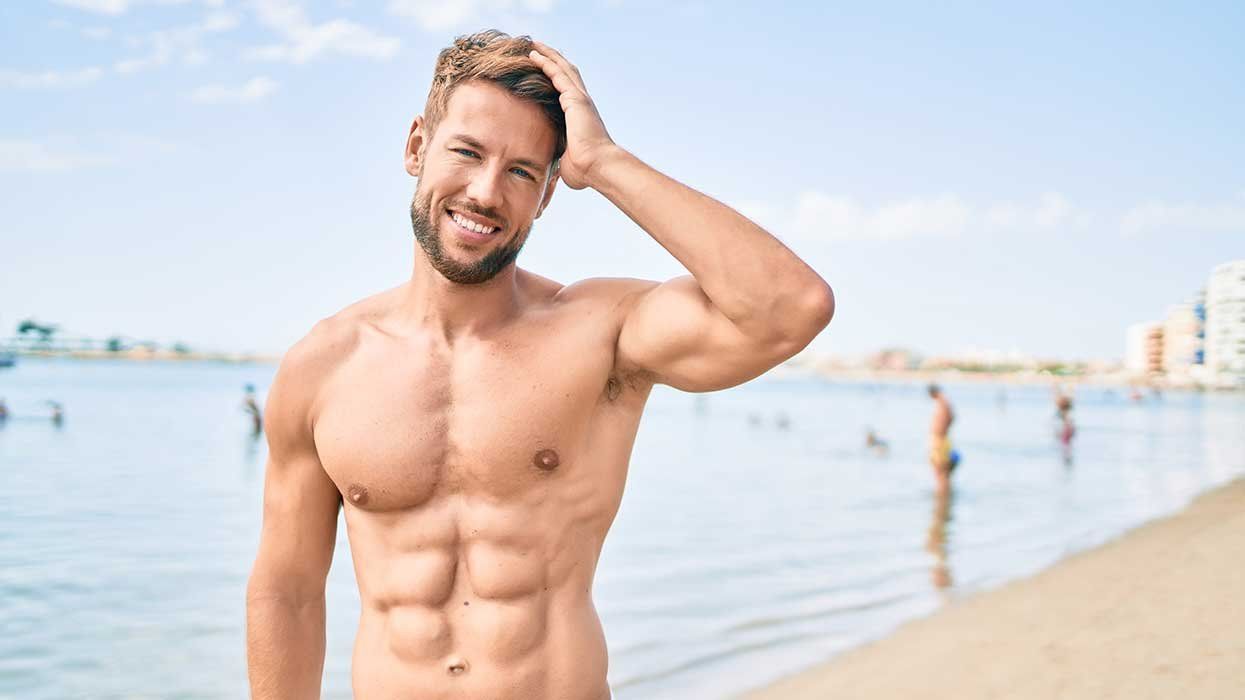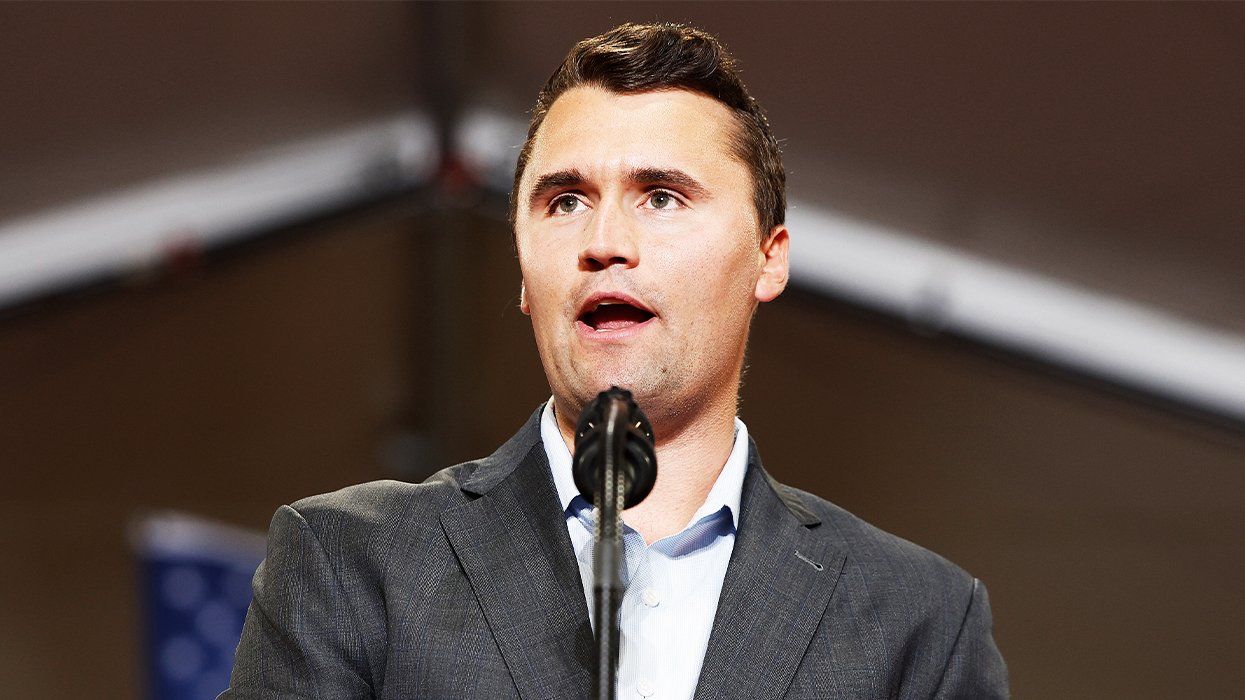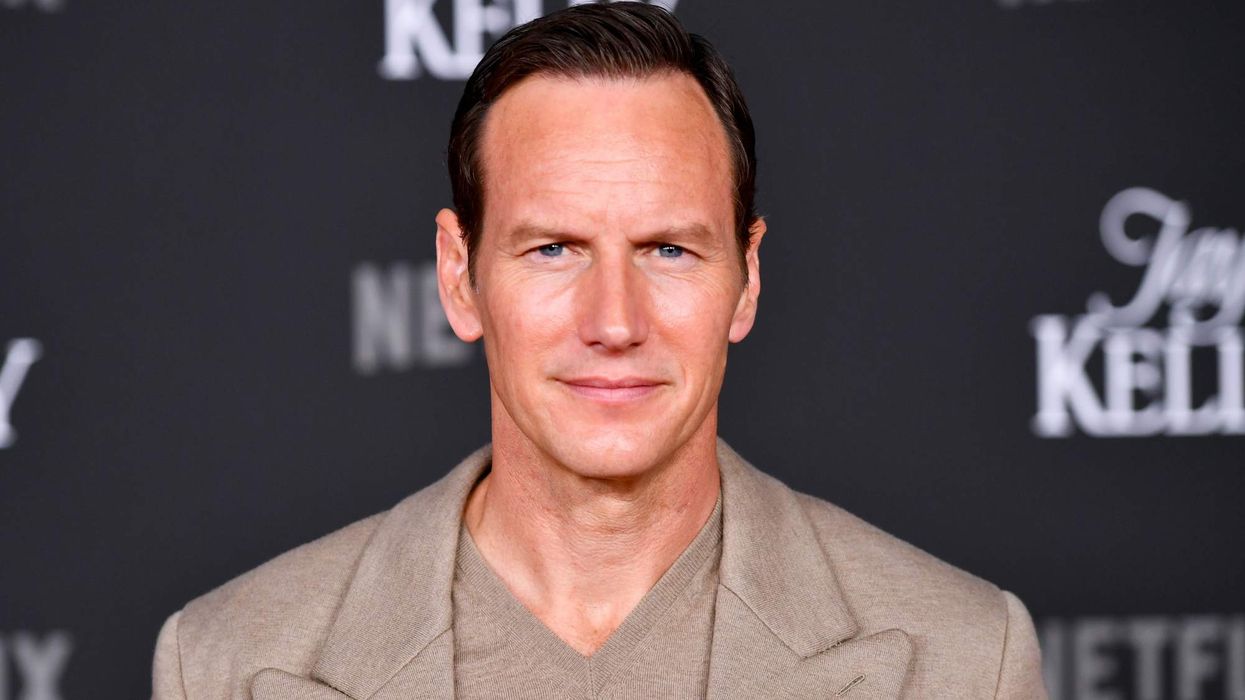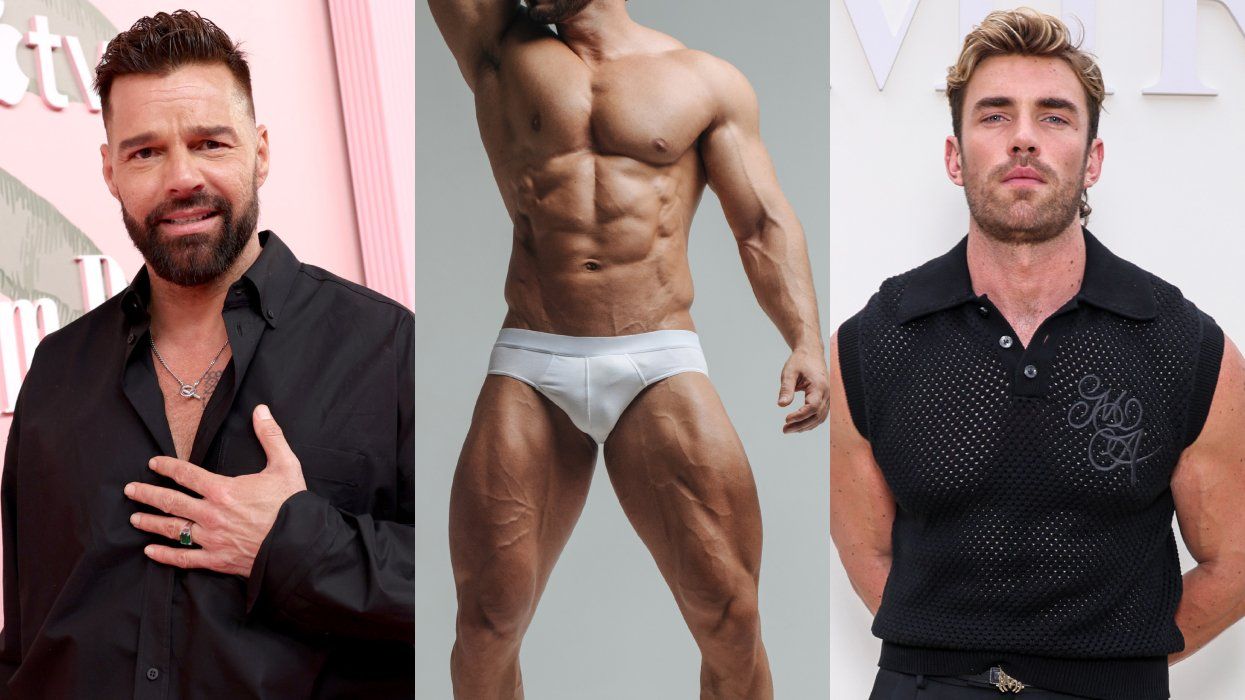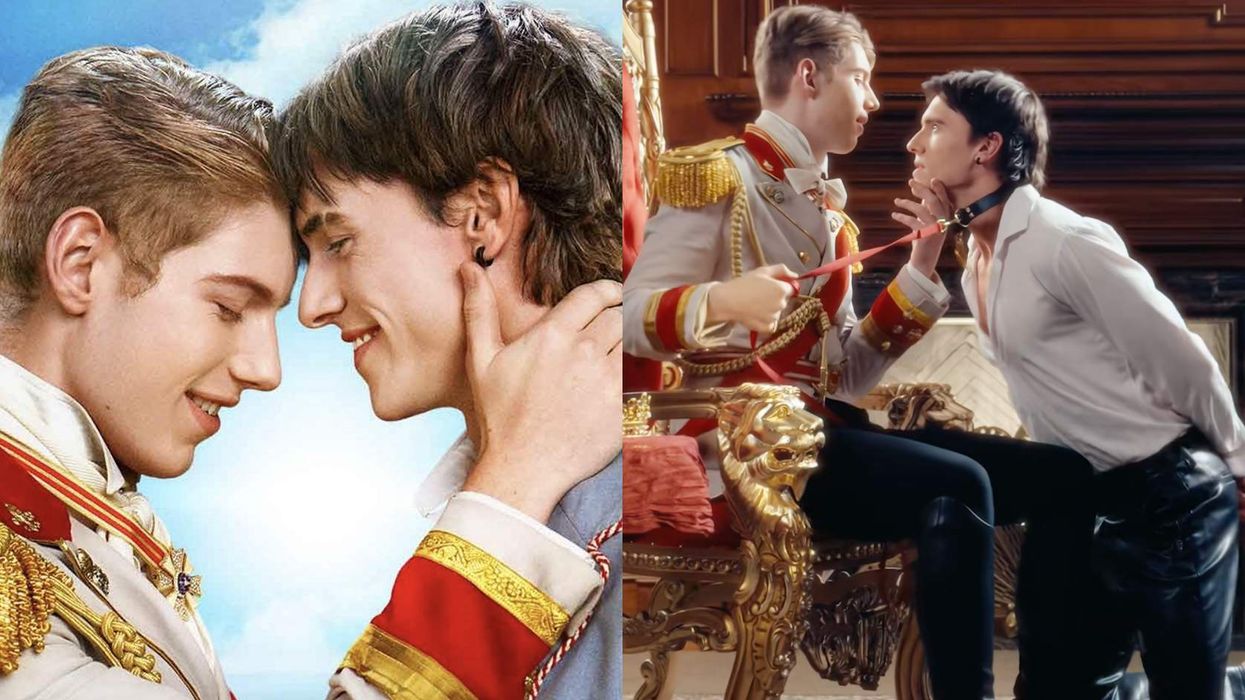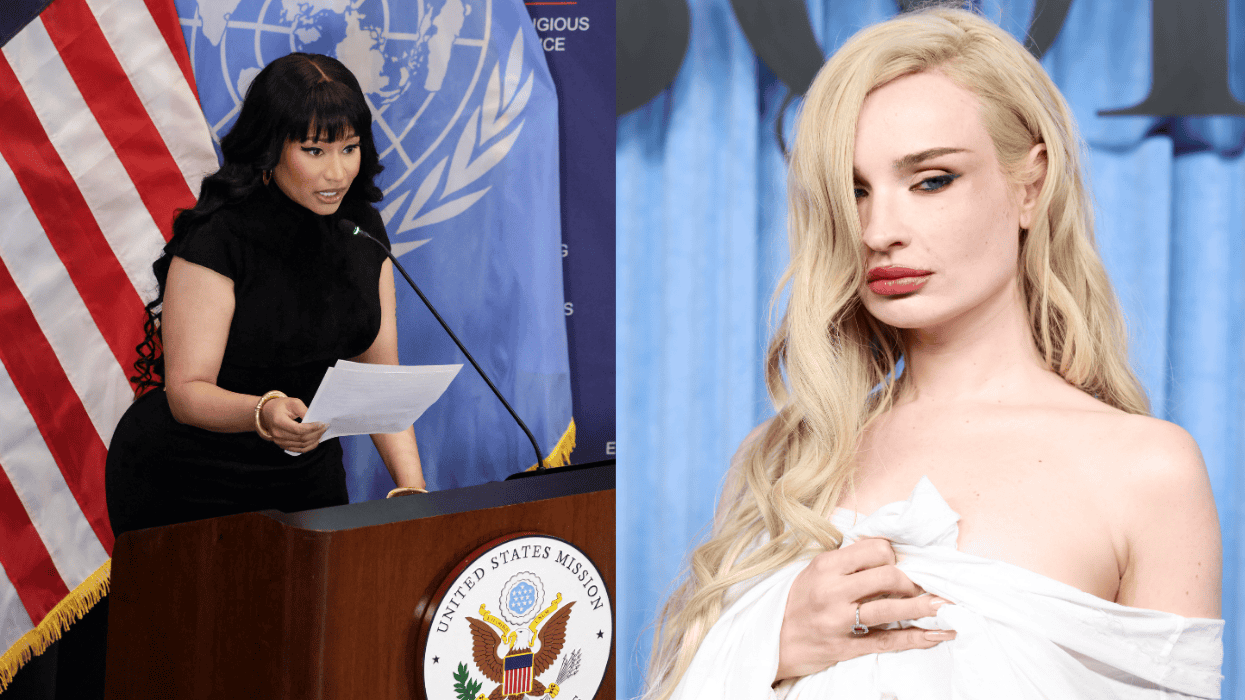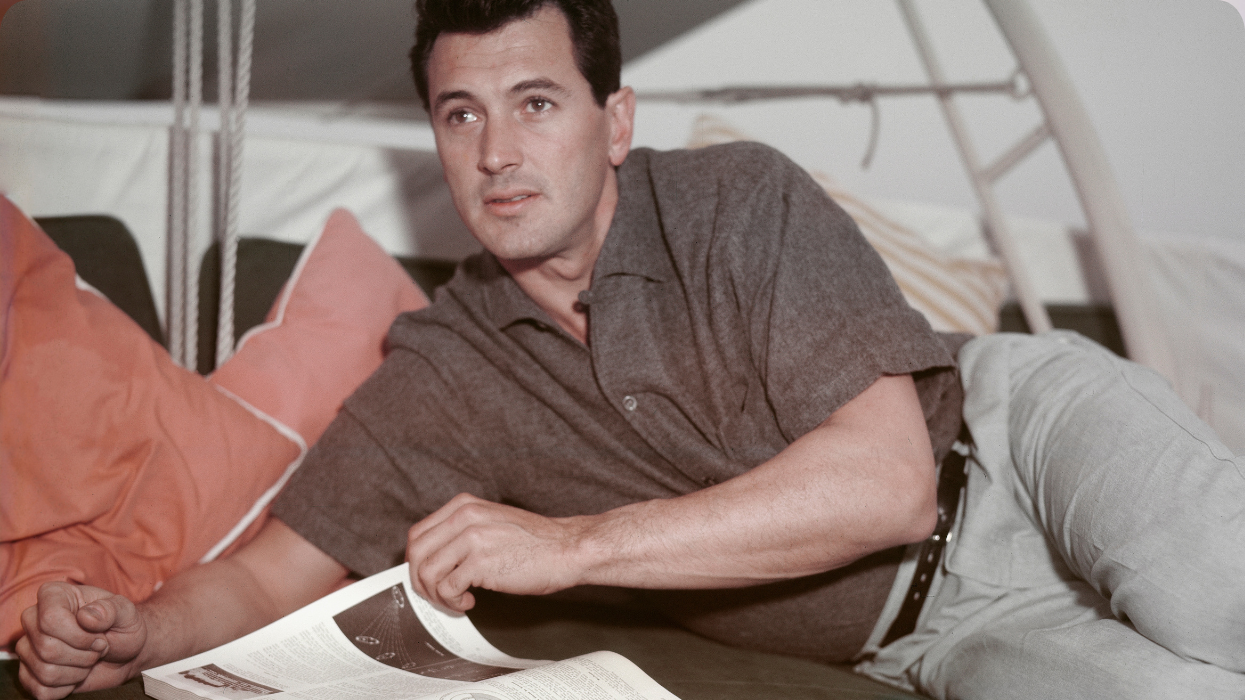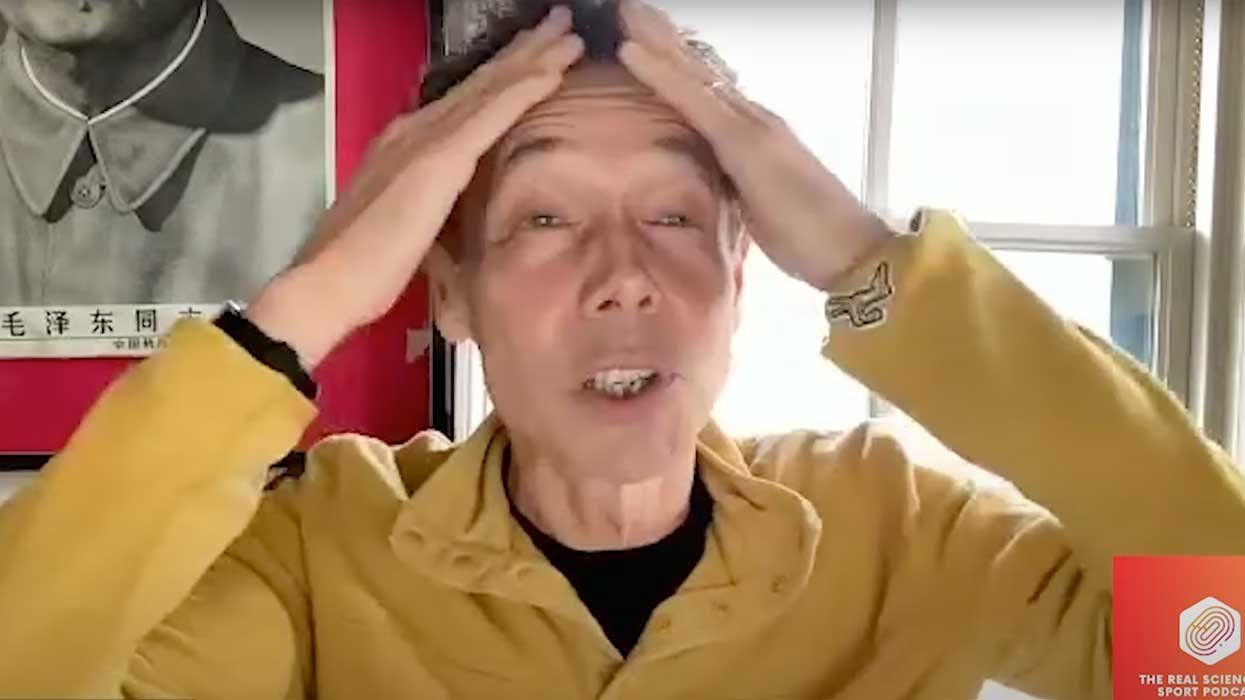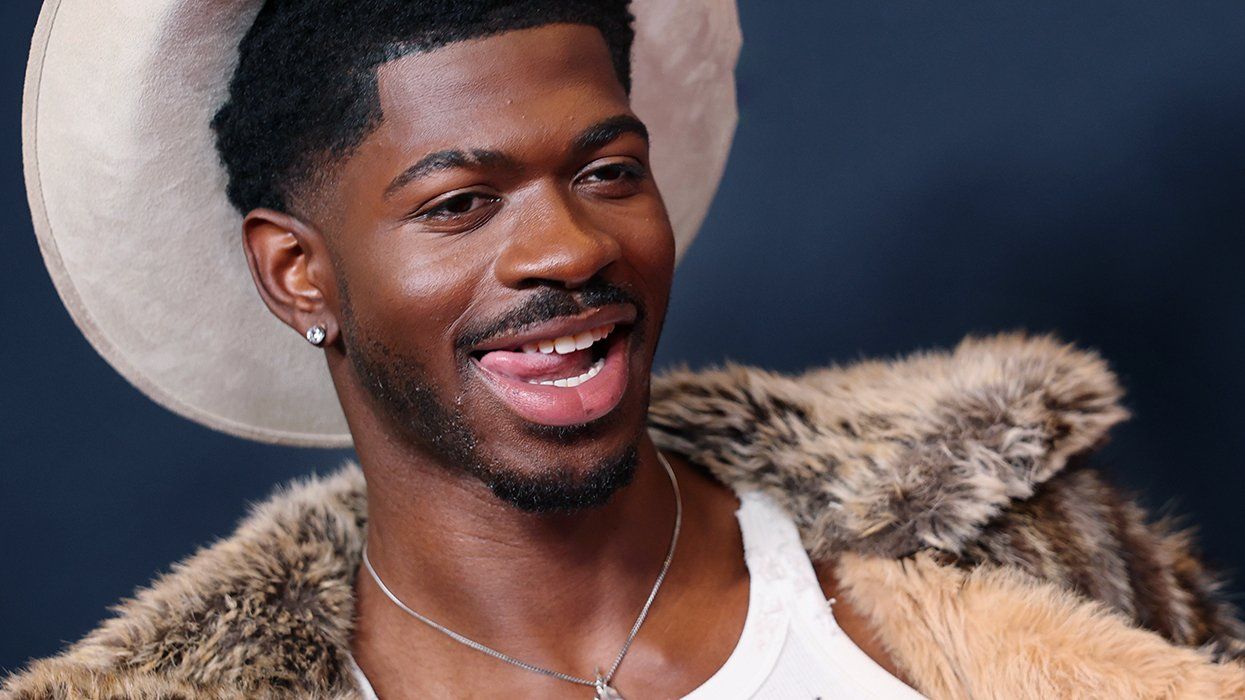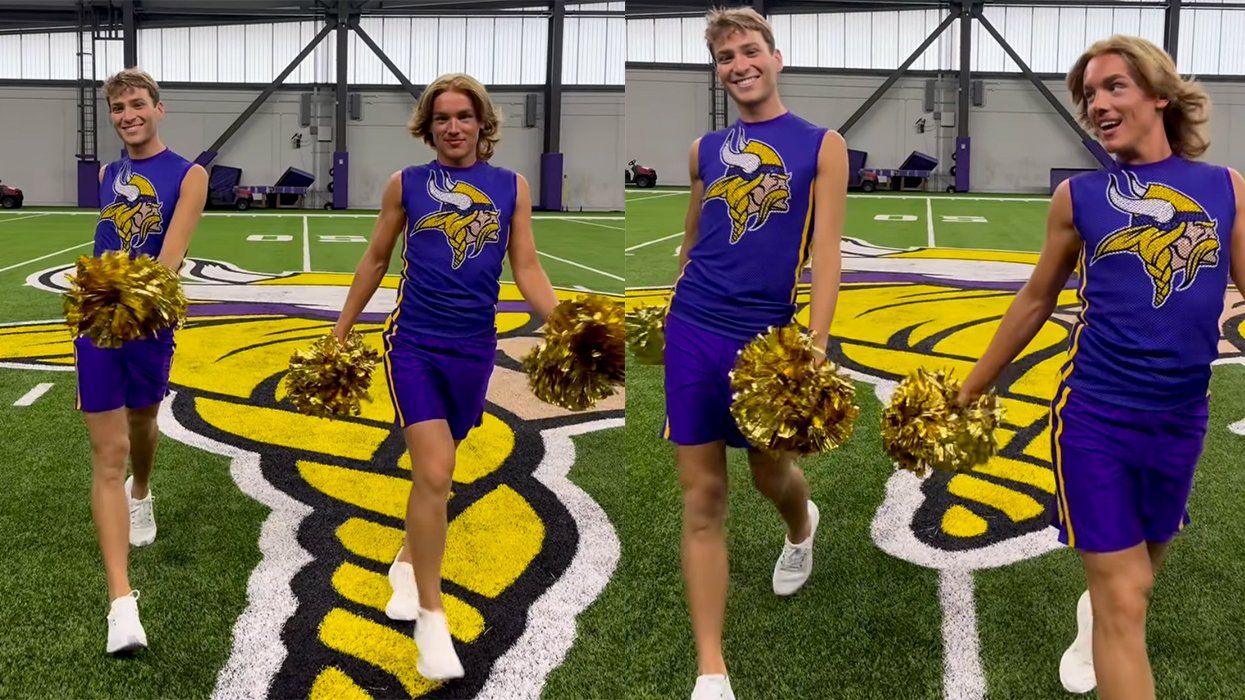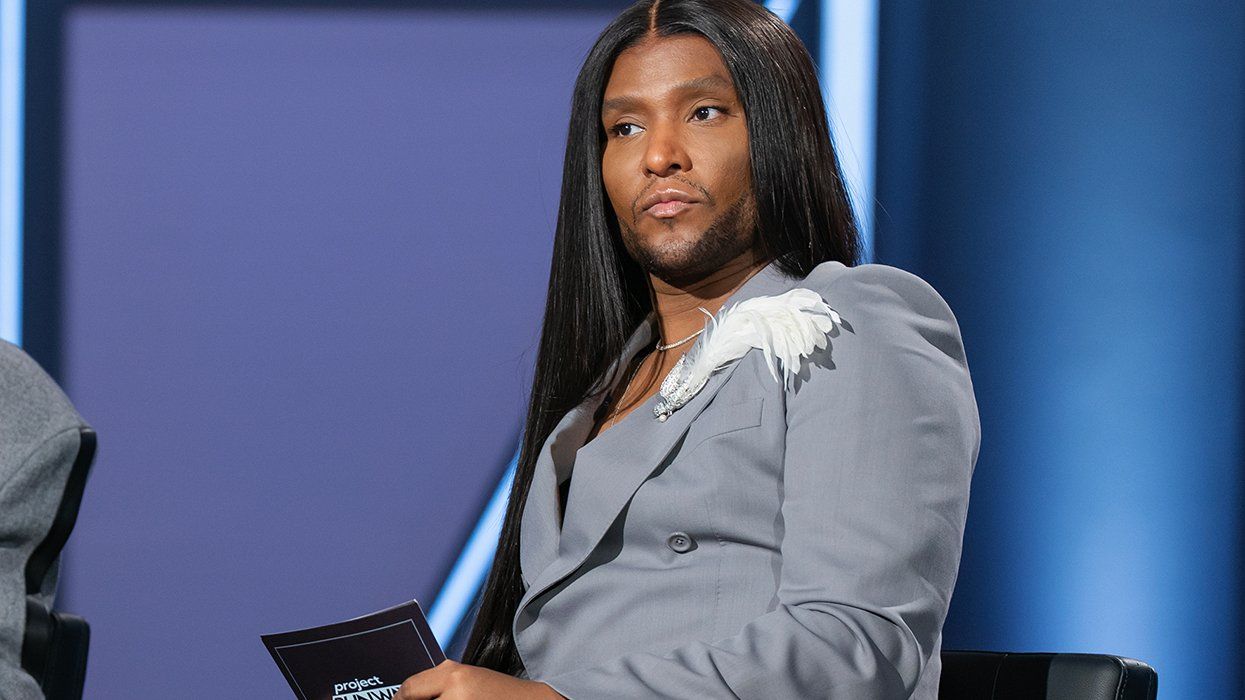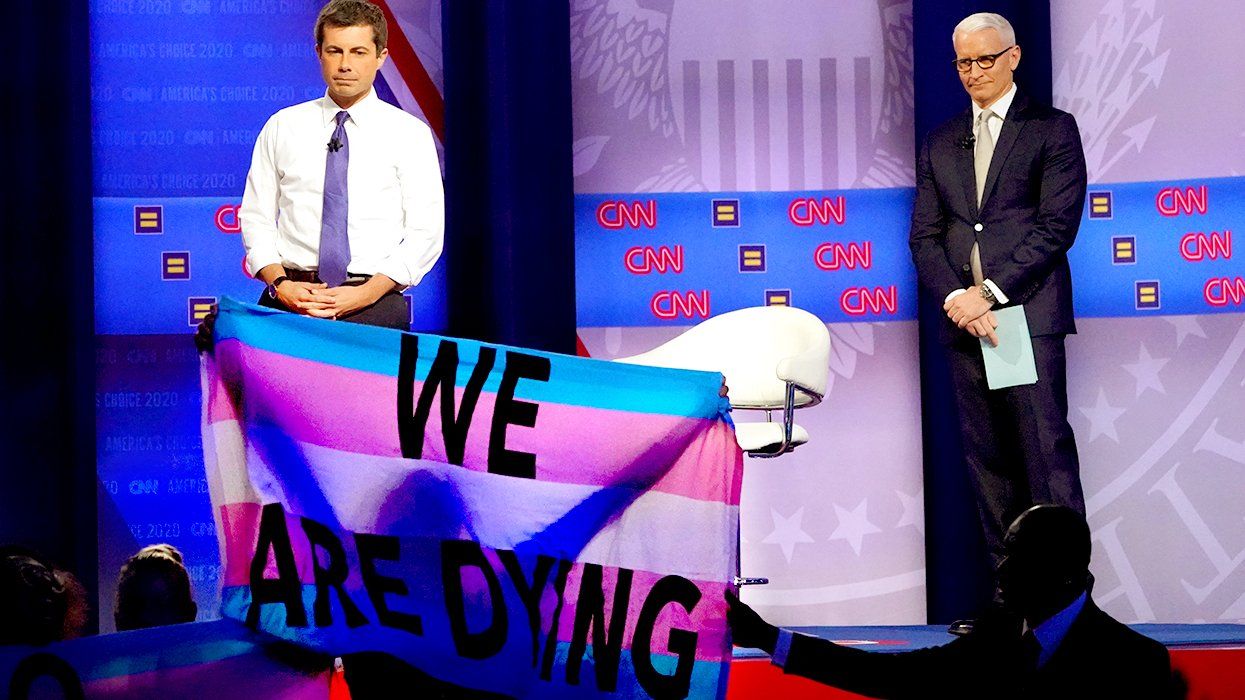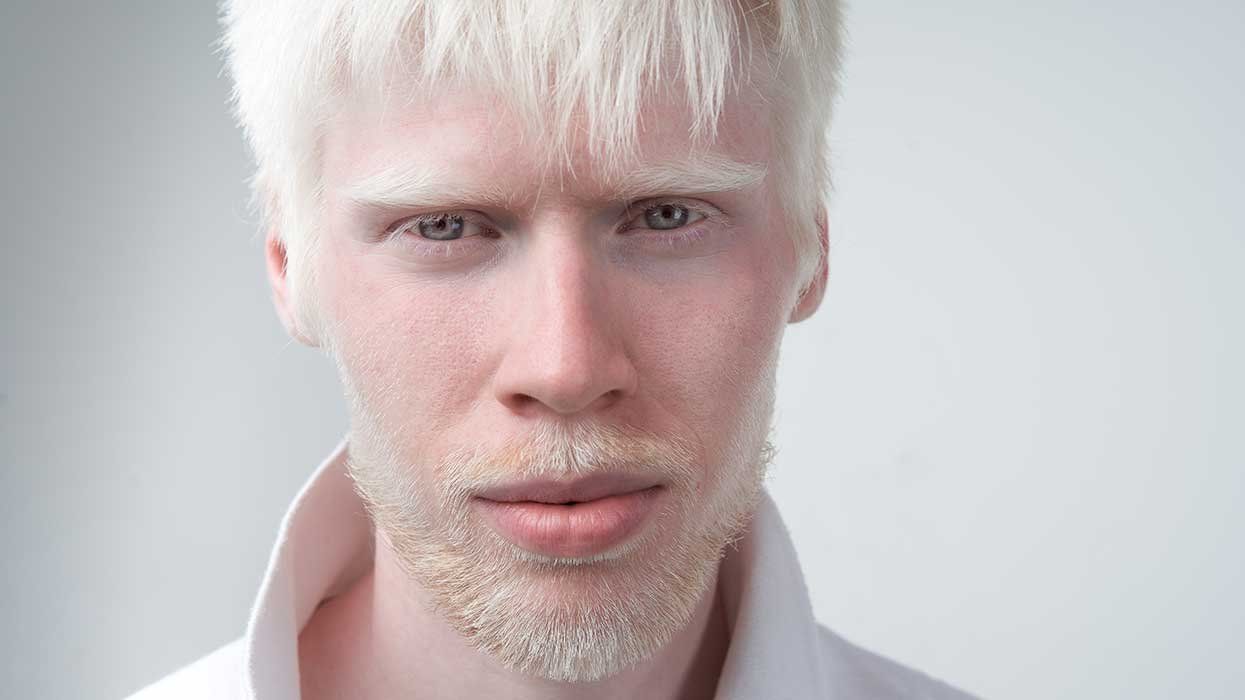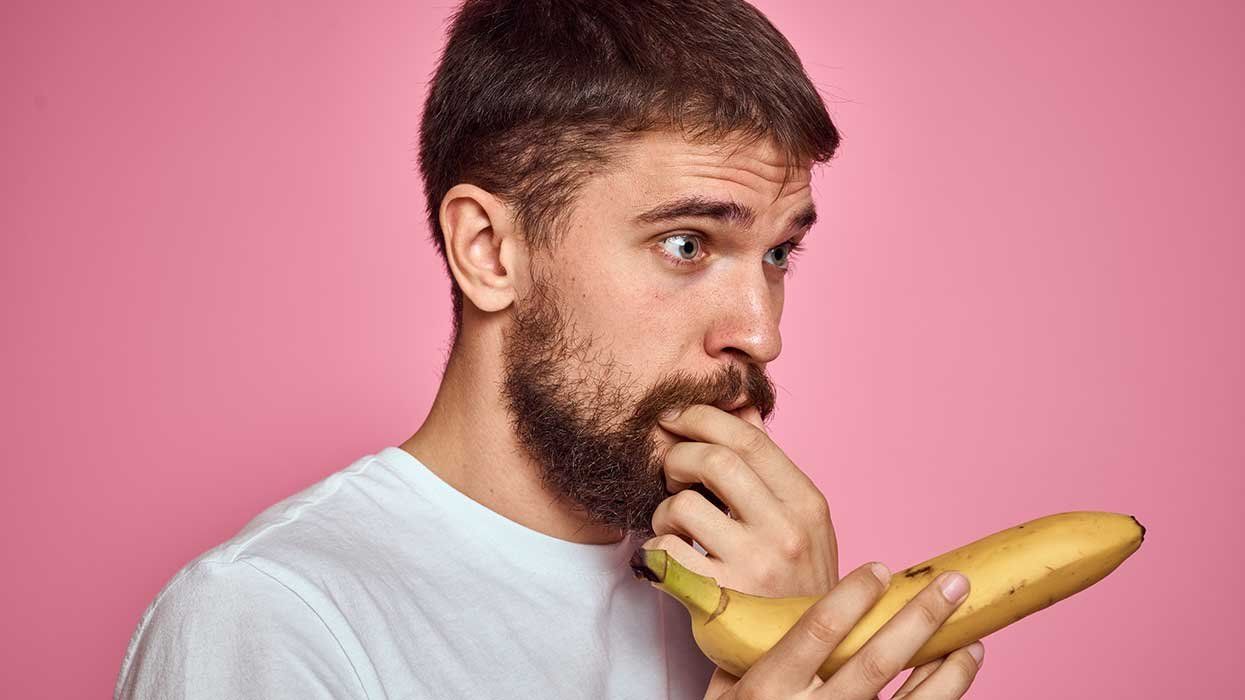You can tell a service is in the popular consciousness once people use it to describe their idea for other services. If you want to start an on-demand service, you'd lay it out as "Uber for something." Similarly, for anything connecting people for, well, another kind of on-demand service, you could say the "Grindr for something."
Let's go beyond the obvious ones, like Grindr for lesbians or straight people. What about Grindr but for naps? Grindr but for petting kittens? Or, Grindr but for Golden Girls marathons and late-night cheesecake sessions? (Okay, that last one is my suggestion.)
The cultural imprint of Grindr can't be denied. The release of Grindr stickers (called "Gaymoji") was accompanied by a piece in the New York Times. The list of shows dropping references to it are too long to list. But 8 years is a long time in the app world, and if past is precedent then now is the time to wonder what the future looks like.
Related | Grindr Launches Naughty Line of Emojis
It was about that span of time, after all, that saw the last shift, from PC to mobile. Manhunt, for example, started in 2001, and, when visiting Manchester in 2007, I remember desktops set up in the city's gay bars so patrons could connect to the site. Grindr came out in 2009, shortly after Apple added GPS functionality to the iPhone. And, soon, the computers in bars vanished, replaced by iPhones in their patrons' pockets.
Over the years, Grindr attempted to broaden what it was known for. Grindr for Equality (G4E) launched in 2012, and in 2016 Foreign Policy named its director, Jack Harrison-Quintana, a "global thinker" for wielding the app to improve public health. A hackathon around LGBTQ issues received similar praise. A clothing line launched last summer to benefit LGBTQ athletes, on the other hand, appeared to garner more shock value than sales.
Gaymoji continue this trend of moving Grindr into a lifestyle brand, but the fact that the stickers aren't useable in the app is telling. These initiatives work to alter our perception of Grindr, and yet there's been little change to the actual app itself. Still framed as a social networking app--albeit one without status updates--Grindr functionally has remained: look for whoever's around, send them a few message, meet or block and move on.
Related | 10 Photos That Make Us Thirsty for Grindr's Varsity Collection
Perhaps the saying "if it ain't broke, don't fix it" applies here, especially after a $90 million infusion from being acquired by a Chinese gaming company in 2016. But that doesn't mean that the world around Grindr isn't changing. And, in a touch of irony, the shift has been to social, specifically around visual platforms like Instagram and Snapchat.
Much fuss has been made around visual messaging, catalyzed by Snap's recent IPO. Only in the past few years have we had the capability to share so many pictures and short videos so easily. One of the constraints of text-based communication is how much information gets lost or misconstrued between users. It's perhaps no accident that users dissatisfied with their Grindr experience comment on the rude, dismissive, or robotic interactions. Pictography, in the form of photos, videos, emojis, and stickers, corrects for this; a picture may or may not convey a thousand words as the idiom goes but the explosion of visual memes demonstrate their power.
Instagram and Snapchat profiles are living, breathing acts of performance--a series of sometimes-disappearing still and moving images. They treat each moment as ephemeral, but not necessary the connection itself. Users exchange not only moments from their lives, but also adopt memes and appropriate pop culture moments to show more of their personalities. It's a truism that humor doesn't translate on Grindr, and in an age of GIF reaction shots it's hard to not see Grindr's approach of static profiles and text chats as outdated.
App usage isn't an either-or proposition, of course, but the same users forging connections through Instagram and Snapchat might be on Grindr treating one another as disposable or consumable. Trying to build a lifestyle brand for engagement is tougher when users are looking to other platforms for their emotional investments.
We see this in how people talk about Grindr. It remains dismissed and trivialized, even while users also acknowledge their presence on it. Upon a meet-cute, would two guys think to trade Grindr profiles instead of Instagram or Snapchat or Twitter handles? In a way, Grindr has become the new bathhouse: everyone goes but no one really wants to talk about. With so many DMs to slide into, will the idea of needing a separate app for hookups seem quaint one day?
These are big, weighty questions that the company still has time to figure out, but it'll have to do it sooner rather than later. Grindr arrived months after the end of the Bush era, and its debut felt fitting for the times. Now we move from the Obama era, with the President and Vice-President running through the White House waving rainbow flags, into the Trump era. In light of an increasingly hostile administration, we need to bring people together more than ever.
What will be the role of Grindr in this?
This week, OUT will be looking back at Grindr's 8-year legacy since the gay hook-up app first launched on March 25, 2009. Through a series of stories and images, we'll investigate where we came from to know where we're going.



